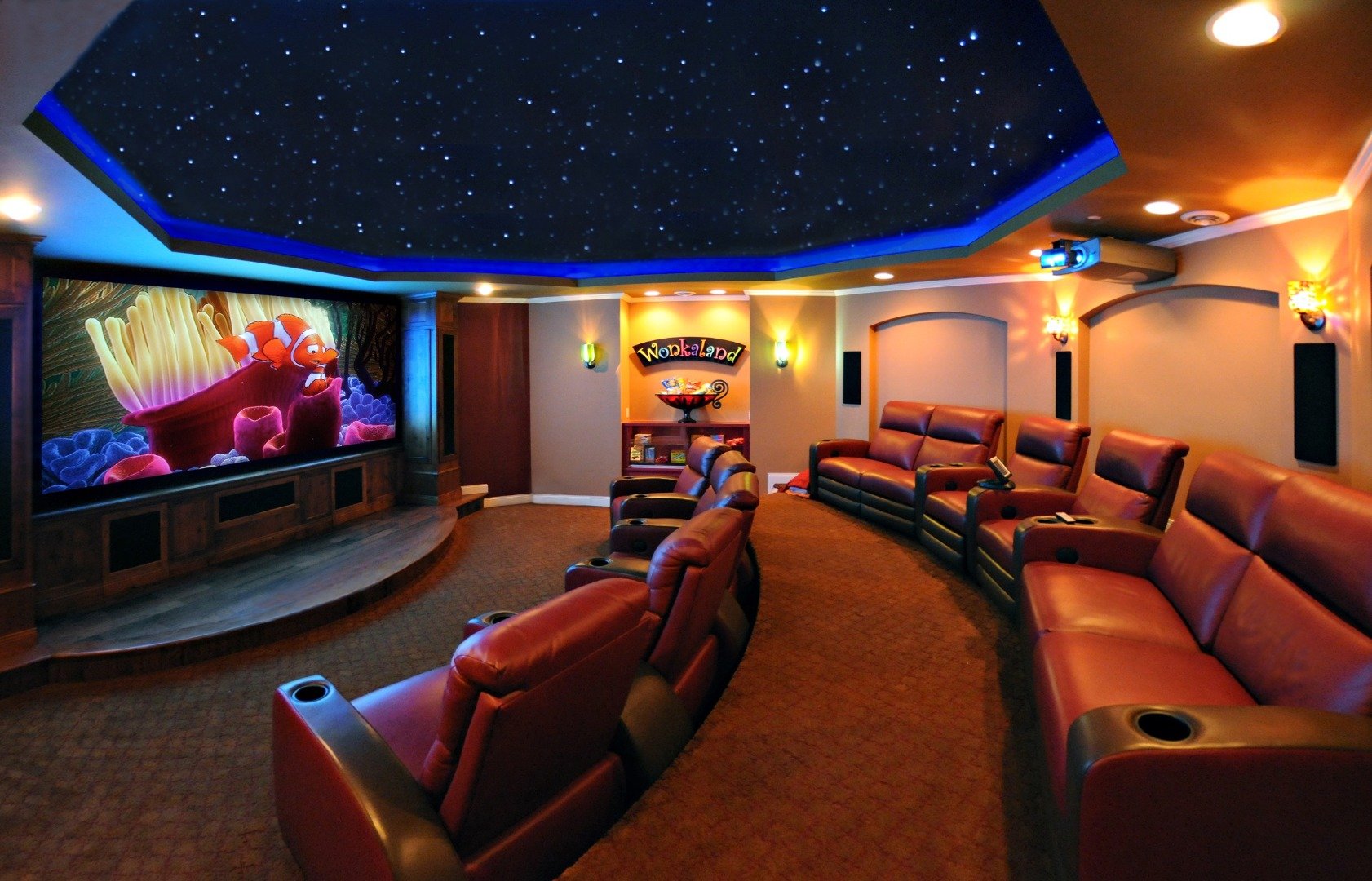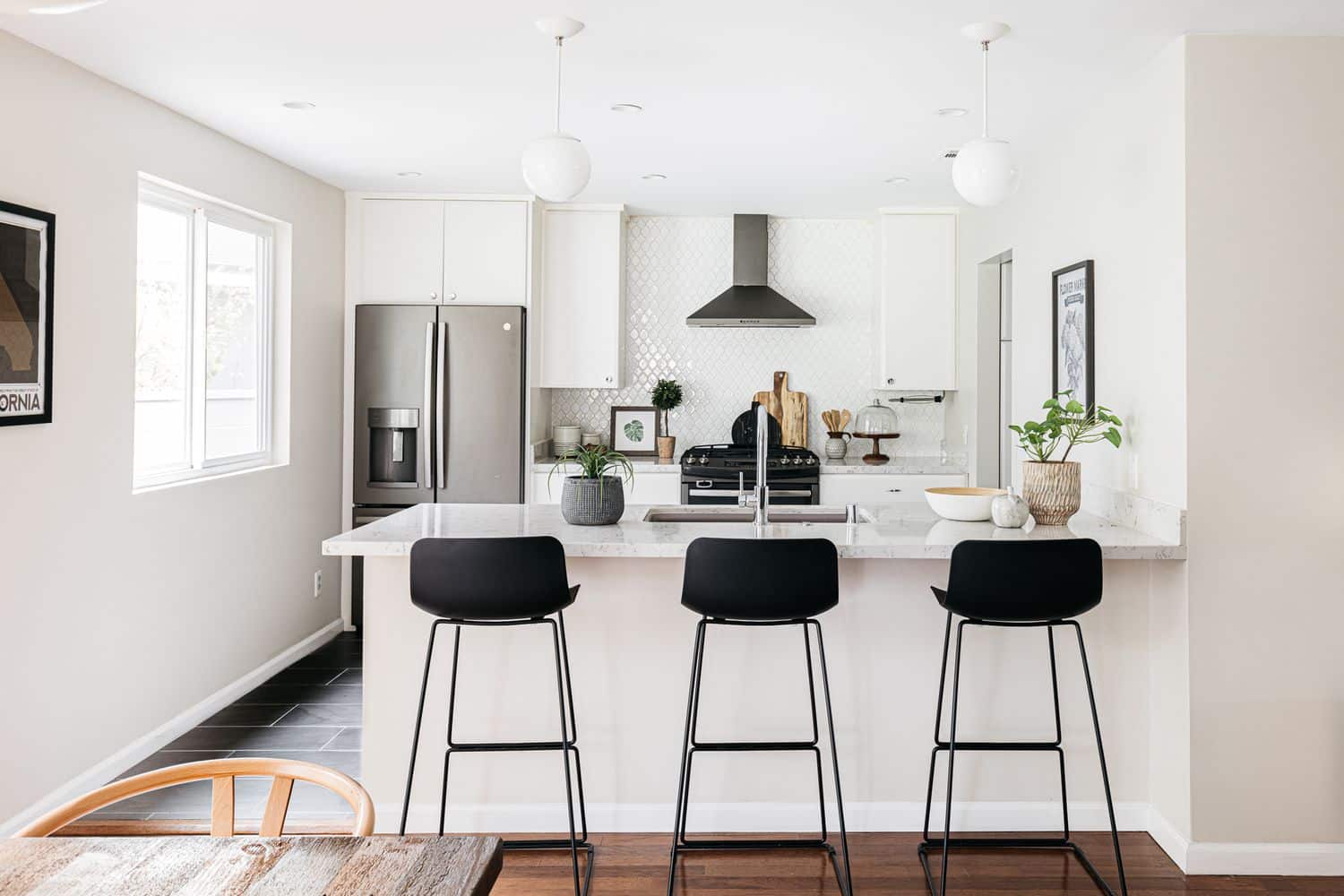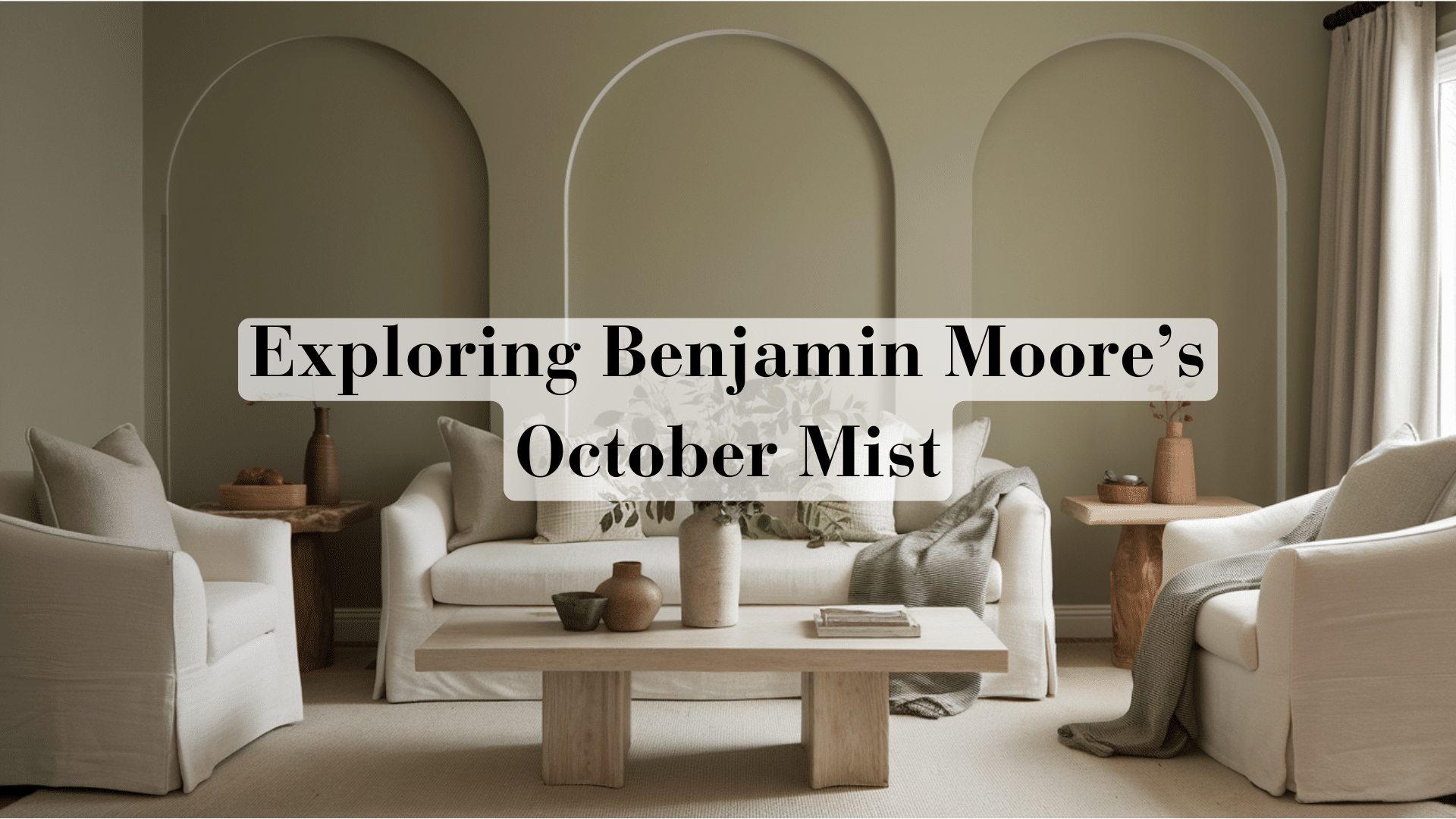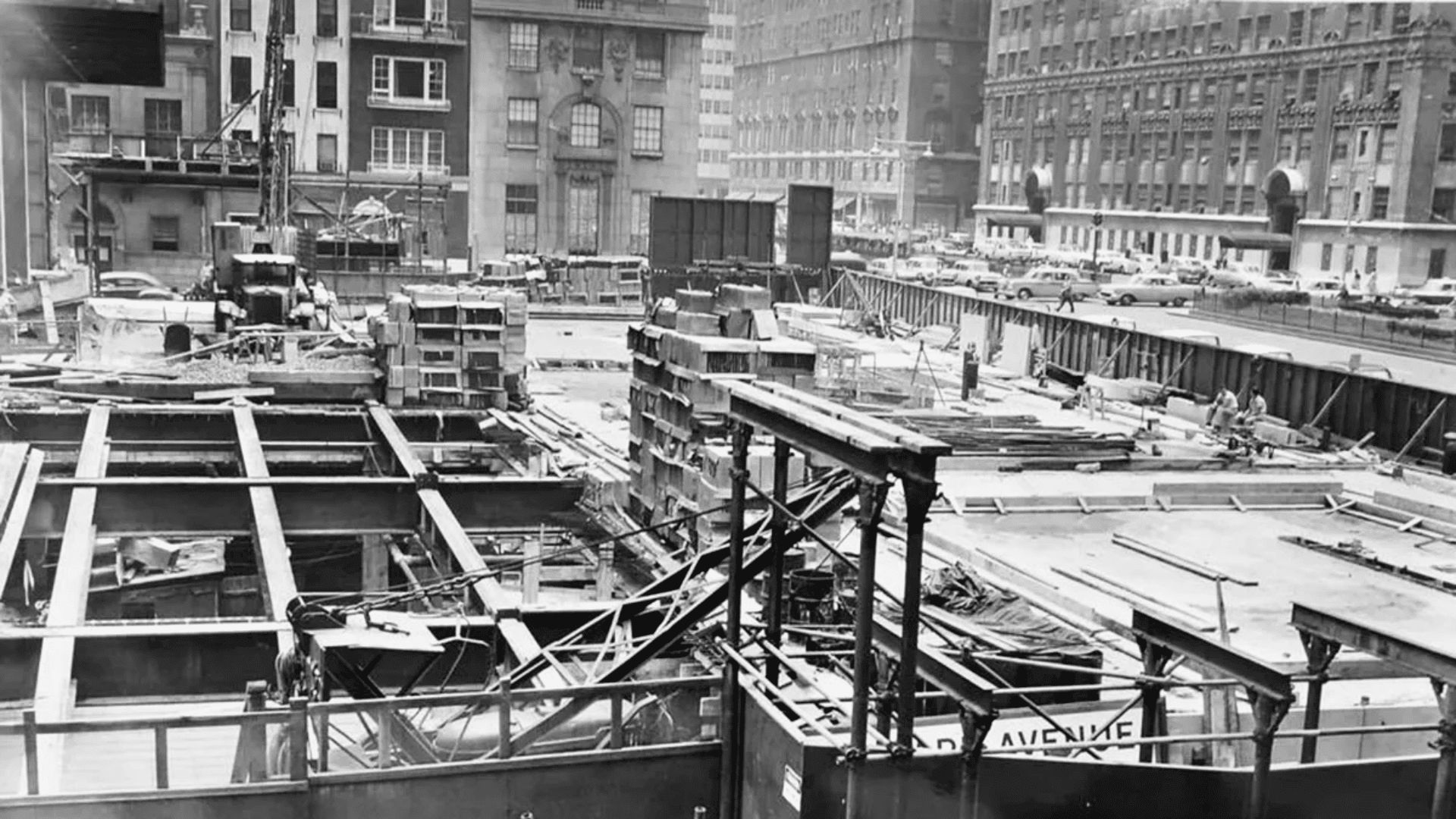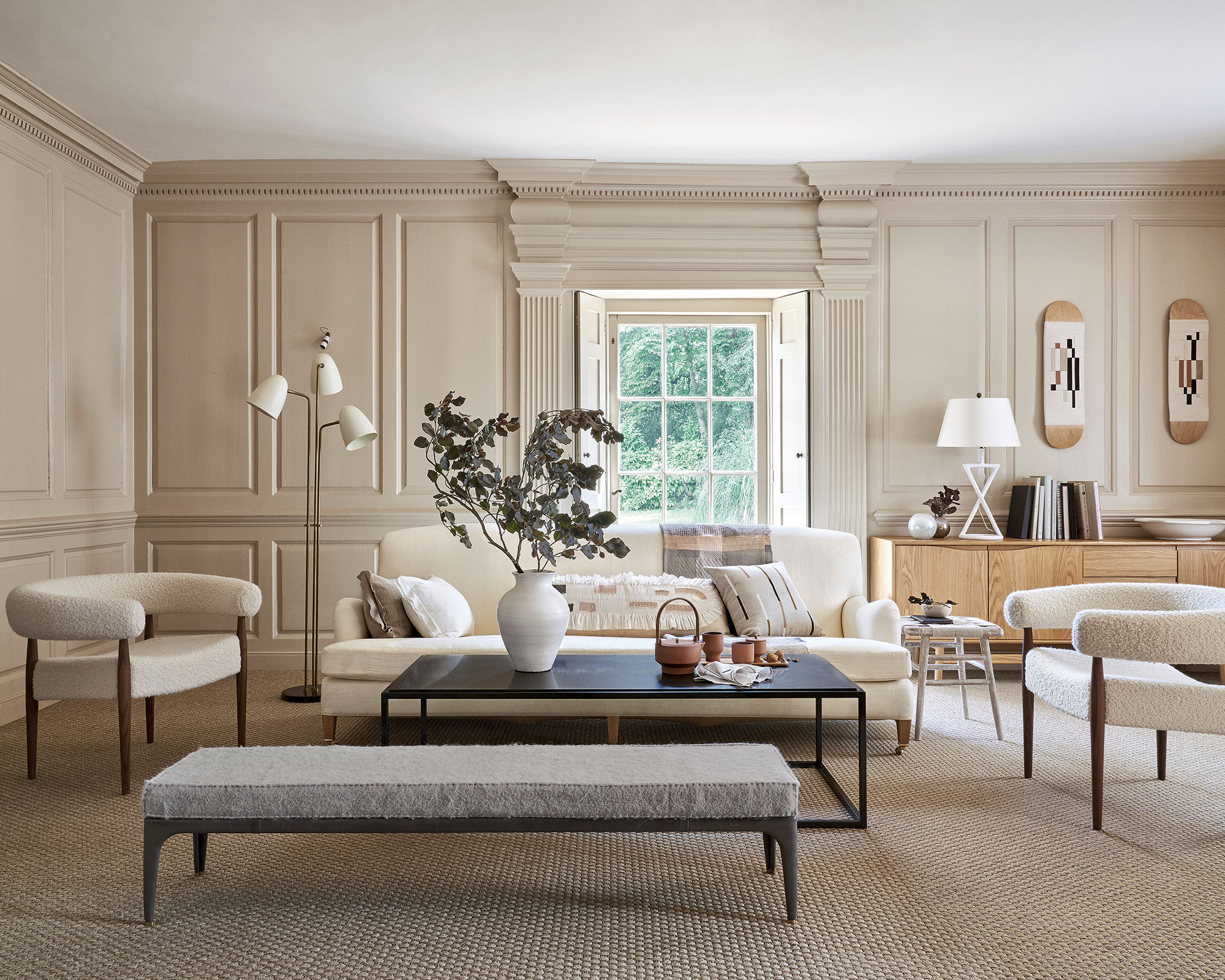Tips for Custom Kitchen Cabinetry: Elevate Your Culinary Space
When it comes to kitchen renovations, custom cabinetry can transform not only the functionality of your space but also its overall aesthetic. Unlike stock cabinets, custom options allow for personalization that fits your style, needs, and layout. If you’re considering a custom maui kitchen cabinetry project, here are some essential tips to guide you through the process.
1. Define Your Needs
Before diving into the design phase, take a moment to assess your kitchen needs. Consider how you use your kitchen daily. Are you a gourmet cook requiring ample space for appliances, or do you prefer a minimalist approach with open areas? Understanding your lifestyle will inform your cabinetry choices, including the type of storage solutions that will work best for you.
Assess Your Storage Needs
Pantry Space: Do you need a designated pantry? Consider tall cabinets with pull-out shelves or a dedicated area that maximizes vertical space for the maui kitchen cabinetry.
Specialized Storage: Think about custom features like spice racks, pull-out bins, or built-in wine storage that cater to your culinary habits.
2. Set a Budget

Custom cabinetry can vary widely in cost, so establishing a budget early on is crucial. Be realistic about what you want and need, and consider all aspects of the project, including materials, finishes, and hardware.
Cost Breakdown
Materials: Solid wood, plywood, and MDF each have different price points. High-quality materials will impact durability and aesthetics.
Labor: Professional installation is essential for custom cabinets, so factor in labor costs.
Additional Features: Don’t forget to account for accessories like soft-close hinges, pull-out shelves, and lighting.
3. Choose the Right Materials
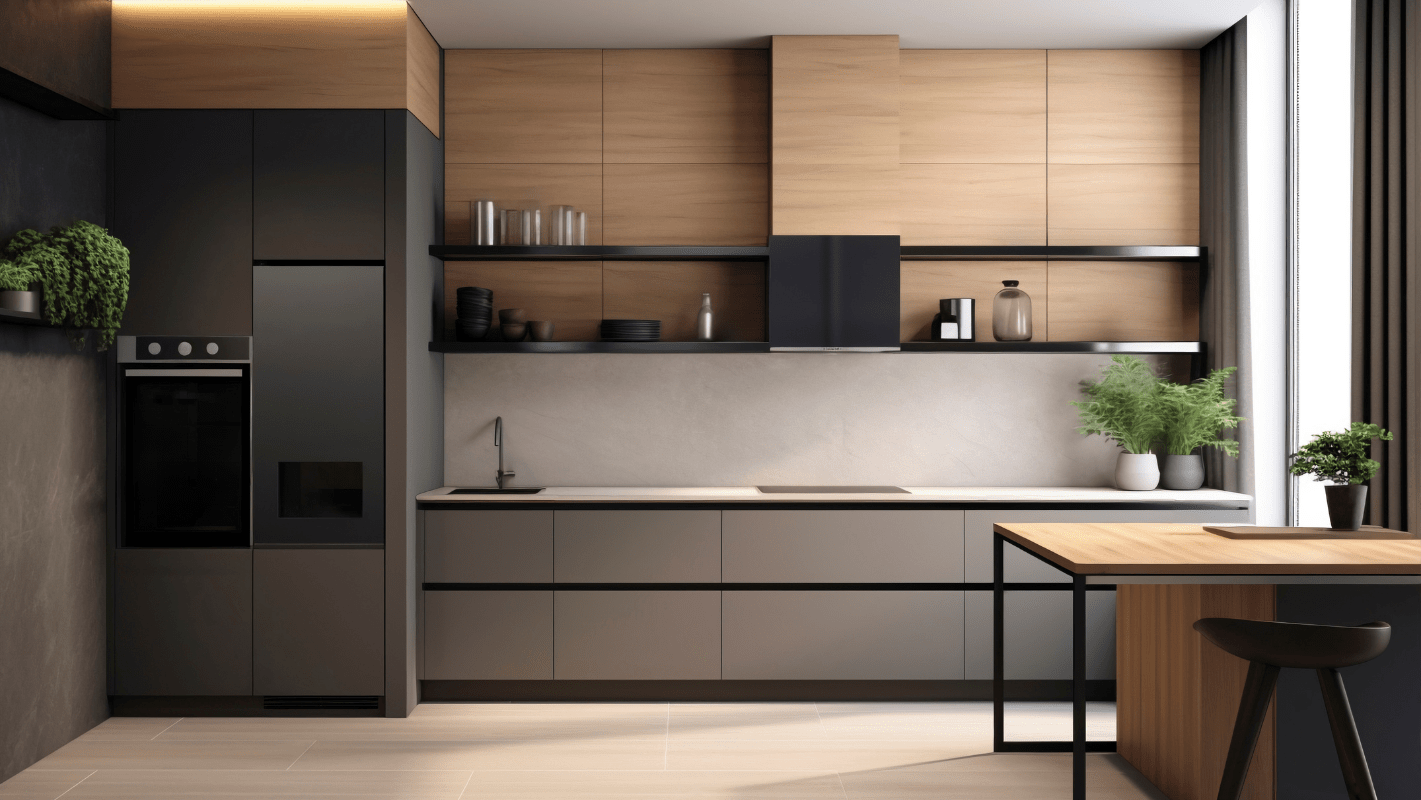
The material you choose for your cabinetry significantly impacts both the look and longevity of your kitchen. Here are some popular options:
Solid Wood: Offers timeless beauty and durability. It can be stained or painted to match your design aesthetic.
Plywood: A sturdy alternative to particleboard, plywood is less prone to warping and is available in various finishes.
MDF: Medium-density fiberboard is cost-effective and can be painted to achieve a smooth finish, but it’s not as durable as wood.
Finish Matters
The finish of your cabinetry can dramatically affect the overall style. Consider glossy finishes for a modern look or matte for a more rustic feel. Stains can enhance the natural beauty of wood, while paints allow for bold color choices.
4. Design for Functionality
Custom cabinetry should prioritize both style and functionality. Here are some design tips to consider:
Work Triangle Principle
Keep the classic kitchen work triangle (stove, sink, refrigerator) in mind. Ensure these three elements are in close proximity to promote efficiency while cooking.
Maximize Vertical Space
If you have a smaller kitchen, extend cabinetry to the ceiling. This not only provides extra storage but also creates a more spacious feel.
Incorporate Open Shelving
Open shelves can add visual interest and accessibility. They’re great for showcasing dishware, cookbooks, or decorative items.
5. Consider Lighting
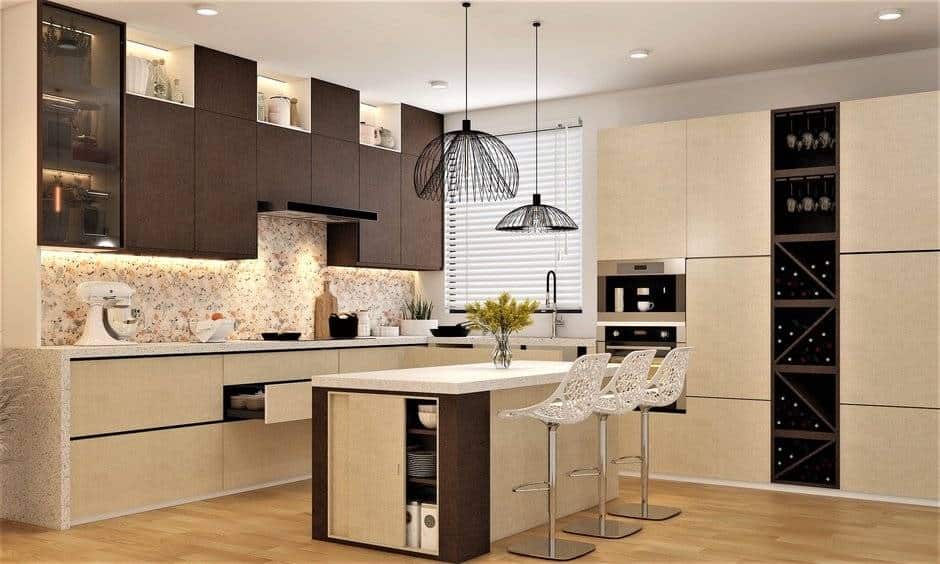
Cabinetry design isn’t just about what’s inside. Lighting can enhance your kitchen’s ambiance and functionality. Consider incorporating under-cabinet lighting to illuminate work surfaces or display features.
Layered Lighting
Combine ambient, task, and accent lighting for a well-lit kitchen. Pendant lights above an island can serve as a beautiful focal point while providing adequate task lighting.
6. Personalize Your Design
This is your chance to make a statement. Incorporate unique elements that reflect your personality:
Color Choices: Don’t shy away from bold colors. A pop of color can add character to your kitchen.
Hardware: The right knobs and pulls can make a significant difference. Choose materials and styles that complement your overall design.
Custom Features: Consider built-in seating, a farmhouse sink, or decorative molding that adds a touch of elegance.
7. Work with a Professional
Navigating custom cabinetry can be complex, so enlisting the help of a professional designer or cabinet maker is often beneficial. They can provide insights based on experience and help you avoid common pitfalls.
Collaboration is Key
Be open to suggestions and feedback from your designer. They can offer alternatives that enhance functionality and aesthetics, helping you create a cohesive look.
8. Plan for the Future
As you design your custom cabinetry, think long-term. Your needs may change over time, especially if your family grows or your cooking habits evolve. Opt for flexible solutions that can adapt over the years.
Invest in Quality
While it may be tempting to cut costs, investing in high-quality materials and craftsmanship will pay off in durability and satisfaction.
Final words
Custom kitchen cabinetry is an investment that can elevate your culinary space, making it both functional and visually appealing. By defining your needs, setting a budget, and carefully selecting materials, you can create a kitchen that not only meets your current requirements but also stands the test of time. Embrace the opportunity to personalize your space, and enjoy the journey of transforming your kitchen into a true reflection of your style and lifestyle. Happy renovating!



